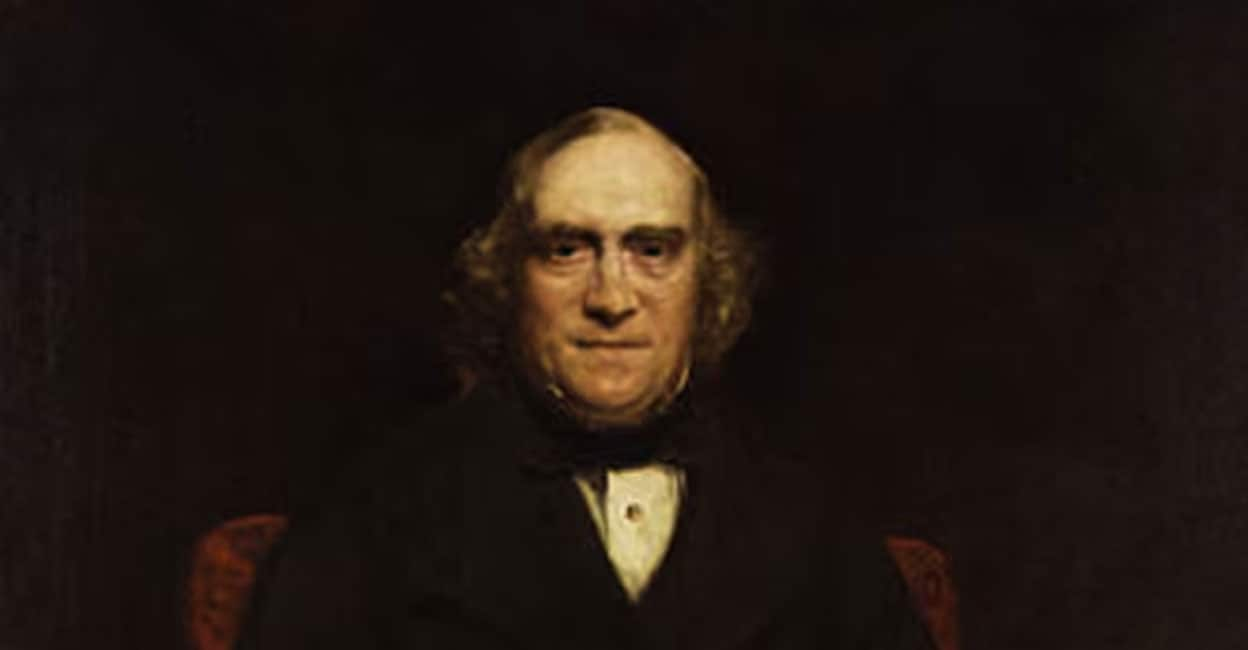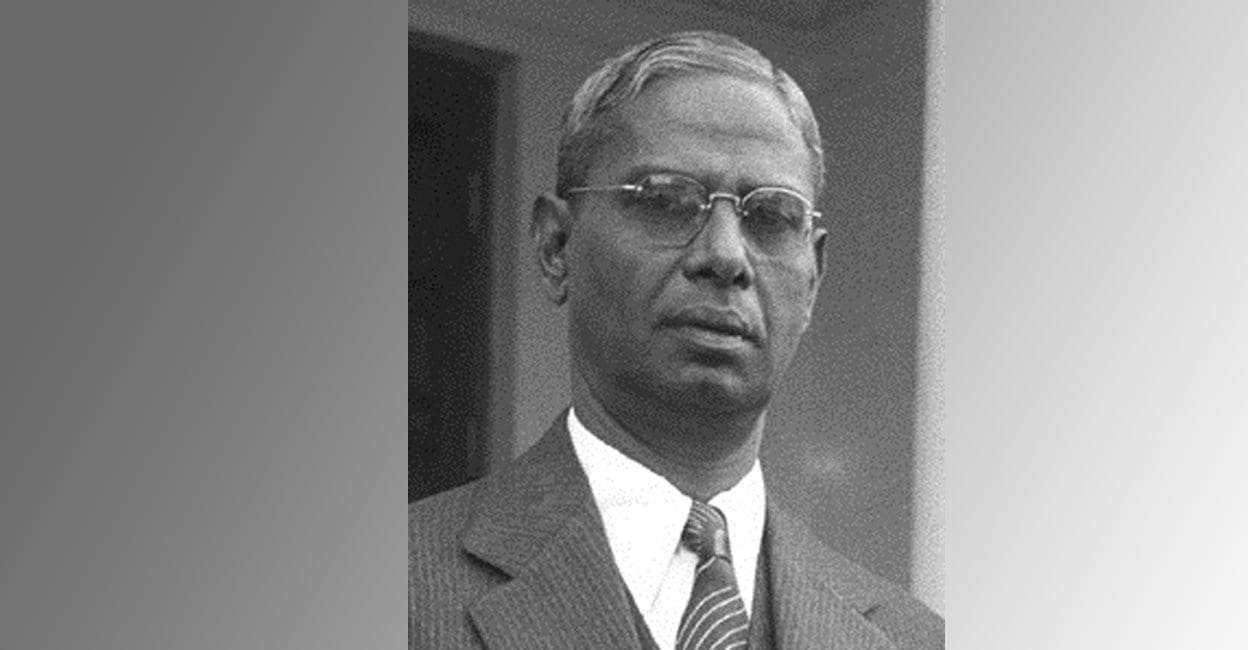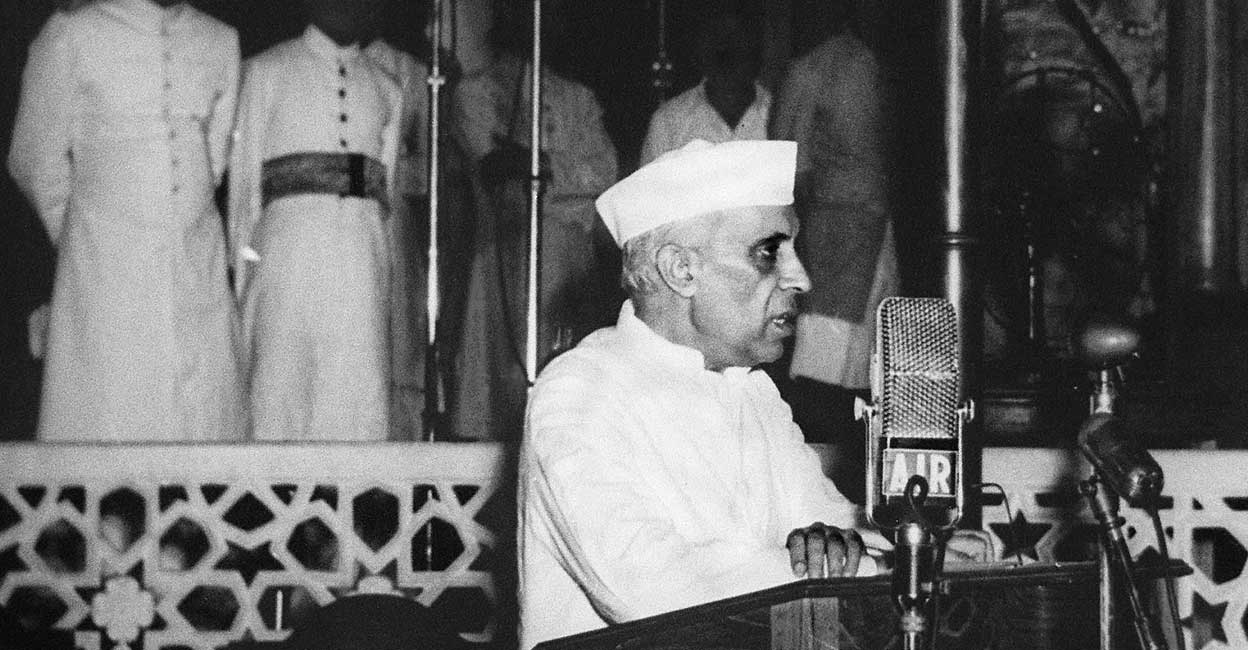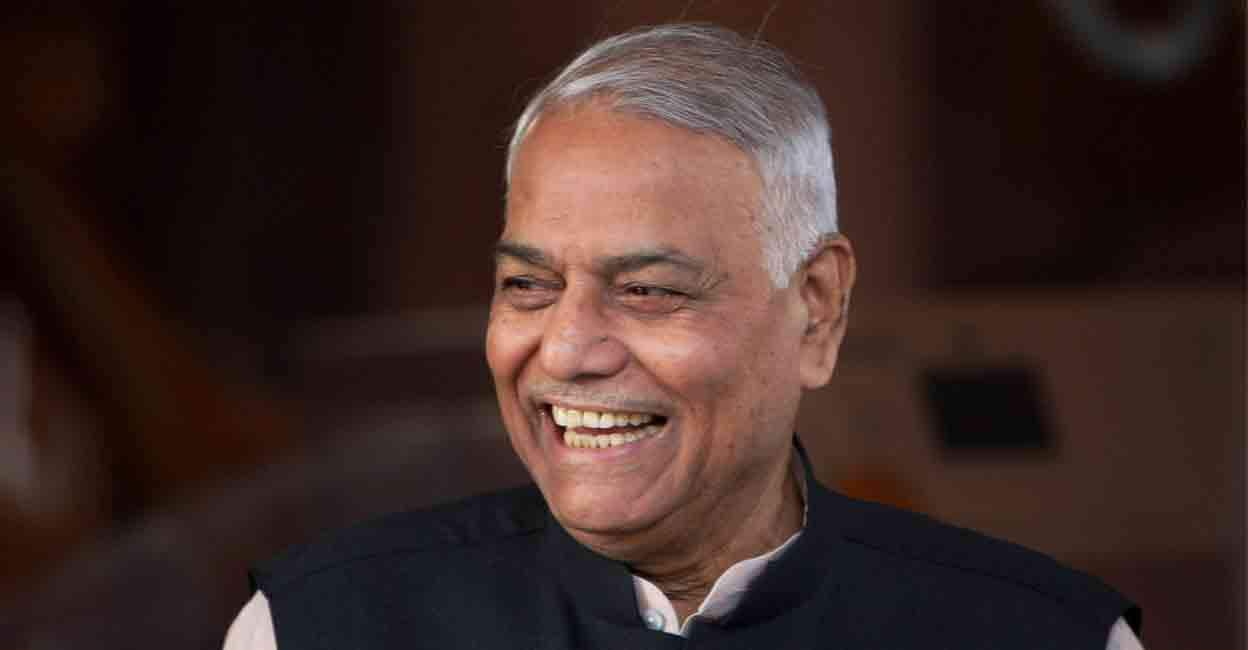Union Budget: Interesting trivia, historic firsts & rare photos

Mail This Article
The Union Budget is one of the most crucial financial documents of the Indian government, shaping the country’s economic policies and fiscal direction. Over the years, the budget has seen many historic milestones and record-breaking moments. Here are some interesting facts about India’s Union Budget:
First Indian budget in 1860
The first-ever Indian budget was presented in April 7, 1860 by James Wilson, then Finance Minister under British rule. The budget was primarily aimed at raising funds for the British government.

India’s first post-Independence budget
After gaining independence, India’s first budget was presented on November 26, 1947 by Finance Minister RK Shanmukham Chetty. This budget focused on stabilising the country’s economy in the wake of Partition.

Prime Ministers who presented the budget
While the Finance Minister typically presents the Union Budget, there have been instances when the Prime Minister took on this responsibility. Jawaharlal Nehru (1958), Indira Gandhi (1970), and Rajiv Gandhi (1987-88) presented the budget when the Finance Minister’s position was vacant due to resignations.

Record-breaking budgets
Most budgets presented: Morarji Desai holds the record for presenting the highest number of Union Budgets—10 in total.
Longest budget speech: Finance Minister Nirmala Sitharaman delivered the longest budget speech in 2020, lasting 2 hours and 42 minutes.

Changes in budget timing
For decades, the Union Budget was presented at 5 pm, following the British tradition. In 1999, Finance Minister Yashwant Sinha changed the timing to 11 am to better suit Indian audiences. Later, in 2017, the budget date was shifted to February 1 to enable timely fund allocation and improve fiscal planning.

1950 budget leak and security measures
In 1950, the Union Budget was leaked before its official presentation, prompting the government to enhance security measures. Since 1980, the budget printing process has been conducted in the North Block, and later, printing was moved to secure government presses to prevent leaks.









